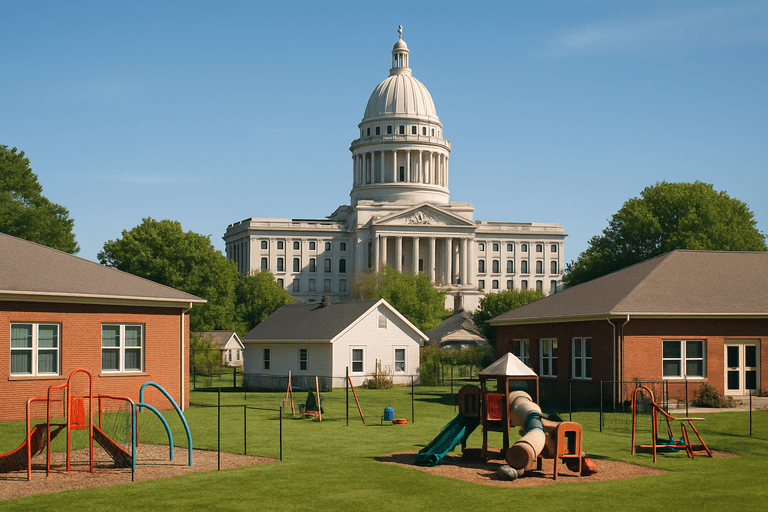🎧 Listen to the summary:
The administration’s package to turn more control over education and family benefits to states is a straightforward effort to cut federal red tape, expand supply, and hand decision-making to local leaders who know their communities best. Proponents argue those shifts will let states accelerate approvals for new child-care providers and tailor support around local labor markets and family structures.
At the federal level, the agenda relies on two parallel moves: executive actions that direct agencies to limit or revise rules and a supervisory push that routes independent agency actions through centralized review. Several recent executive directives instruct agency heads to rescind or pause regulations, halt new rulemaking until top-level review, and route proposed and final actions through the Office of Information and Regulatory Affairs. Those steps change the timing and paperwork of federal oversight and can suspend any pending rule updates that touch child-care funding and program standards. fileciteturn0file2turn0file16
State-level responses already visible in recent months include bills and administrative changes that loosen staffing ratios and licensing requirements to encourage more providers. Evidence assembled by early childhood policy analysts shows that looser rules can increase supply in the short term but are associated with higher staff turnover, reduced adult-to-child contact, and documented safety risks in some settings. Federal funding shortfalls are a recurring theme: advocates note that weaker rules without matching investments leave programs and workers under-resourced. fileciteturn0file0turn0file5
Implementation introduces new bureaucratic frictions. Centralized review of agency decisions adds another gate through which Child Care and Development Block Grant guidance and related health-and-safety standards must pass. A regulatory pause can freeze grant conditions or delay updated monitoring systems, while state deregulatory changes require federal agencies to sort compliance questions against existing law. These procedural overlays can slow funds reaching providers even as the policy seeks faster supply growth. fileciteturn0file2turn0file9
Foreseeable next steps are formal OIRA and agency reviews, agency compliance plans with tight deadlines, and likely state experimentation with licensing. Oversight is likely to come from administrative reviews and, where disputes arise, through litigation and watchdog reports that track whether reduced rules produce the promised increase in safe, affordable care. fileciteturn0file16turn0file0
—
Susan Carter covers education policy, childcare programs, and family services. A graduate of Pepperdine University with a background in education administration, she brings firsthand experience with school systems and public family programs. Her reporting focuses on how government support interacts with local values and private decision-making.



